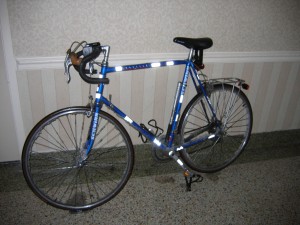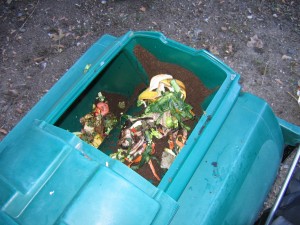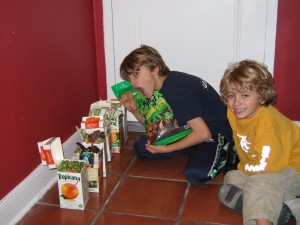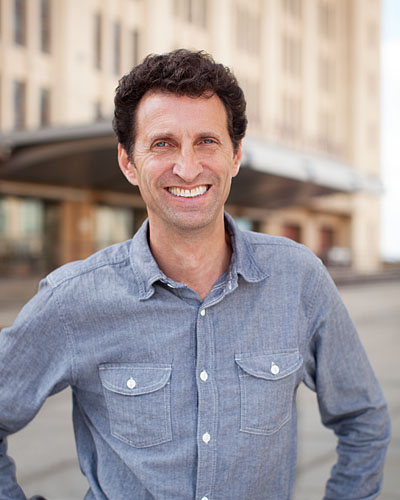
David Bolotsky, UncommonGoods Founder & CEO
My Hometown is…
New York, New York
My childhood dream was…
To create a sanctuary for unwanted animals and to start a business to pay for it. I became a vegetarian when I was 11 and volunteered at a nature center caring for rats, raccoons, ferrets and birds. And I spent several years working at an animal shelter in high school and college.
As a kid I caught the entrepreneurial bug early, starting a baseball card business when I was 10. I also had a paper route and later began my own lawn mowing business, Dynamow.
Something I value most is…
Independence and looking out for the underdog. I encountered a lot of bullies as a kid. That led me to want to be self-reliant and to look out for others who don’t fit in with the status quo.
In college I…
Studied a little bit of everything. My major was political science, though I also took history, English and business classes. I also ran the campus record store, Slipped Disc, where I was paid in vinyl (the equivalent of $0.60/hour).
The most interesting place I’ve visited is…
India. While there are cosmopolitan cities and big businesses, there’s also so much that’s unique. Early in 2014 I travelled there with my wife and our young sons. We had the opportunity to visit a village near the foothills of the Himalayas where some of UncommonGoods’ wooden objects are made. It was moving to see first-hand how our purchases support a generations-old craft and help boost the entire economy of the village.
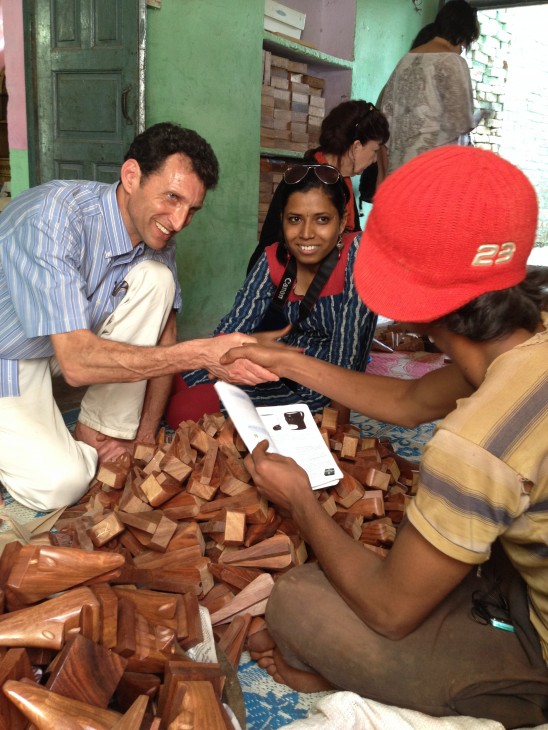
Dave meeting artisans in India
I founded UncommonGoods because…
I learned about the Internet in the mid-90s and thought it was the most exciting new development I’d ever seen. I was a research analyst covering the retail industry at the time and began writing about investment opportunities in Internet retailing. Pretty soon, I decided I’d rather be building a business than writing about one, and so I began looking for an idea.
I visited the Smithsonian Craft Show in Washington DC in 1999. It was packed with shoppers and when I asked them why they were there, many talked about looking for products that spoke to their individuality, as opposed to mass-produced items they’d find in the mall. In talking to artists, I saw how the Internet could provide a more efficient venue to showcase their work 24/7, instead of just one weekend in April in a single location.
I got the idea for our name when…
My wife still jokes about the weeks of interrupted sleep we had while I was searching for the company name. I had a notebook by the side of the bed, and every time I had an idea at night, I’d turn on my flashlight and start jotting away. Or I’d run into the other room and fire up the computer and our 56k modem to see if someone had already taken the name.
The hardest part about starting the business was…
Nearly running out of money in 2001 when the so-called “Internet bubble” burst and funding dried up for start-ups. We had to shrink from 35 to 5 people and while most folks left voluntarily, I still had to let a few people go. It was very tough to fire someone for making the mistake of believing in your vision. I vowed to do everything in my power to avoid getting in that position again. Since then, we’ve taken on no debt and have grown at a sustainable pace.
Since founding the company I’ve learned…
How much I have to learn about just about everything. It has been humbling, exciting and gratifying. Much harder than I imagined, but also more rewarding. Perhaps the biggest insight is the positive impact we can have on people’s lives – our team members, our customers and our suppliers – when we do things well.
My favorite thing about running UncommonGoods is…
That we are constantly working to improve our impact on the lives of our workers, suppliers and customers, as well as minimizing our environmental footprint.




